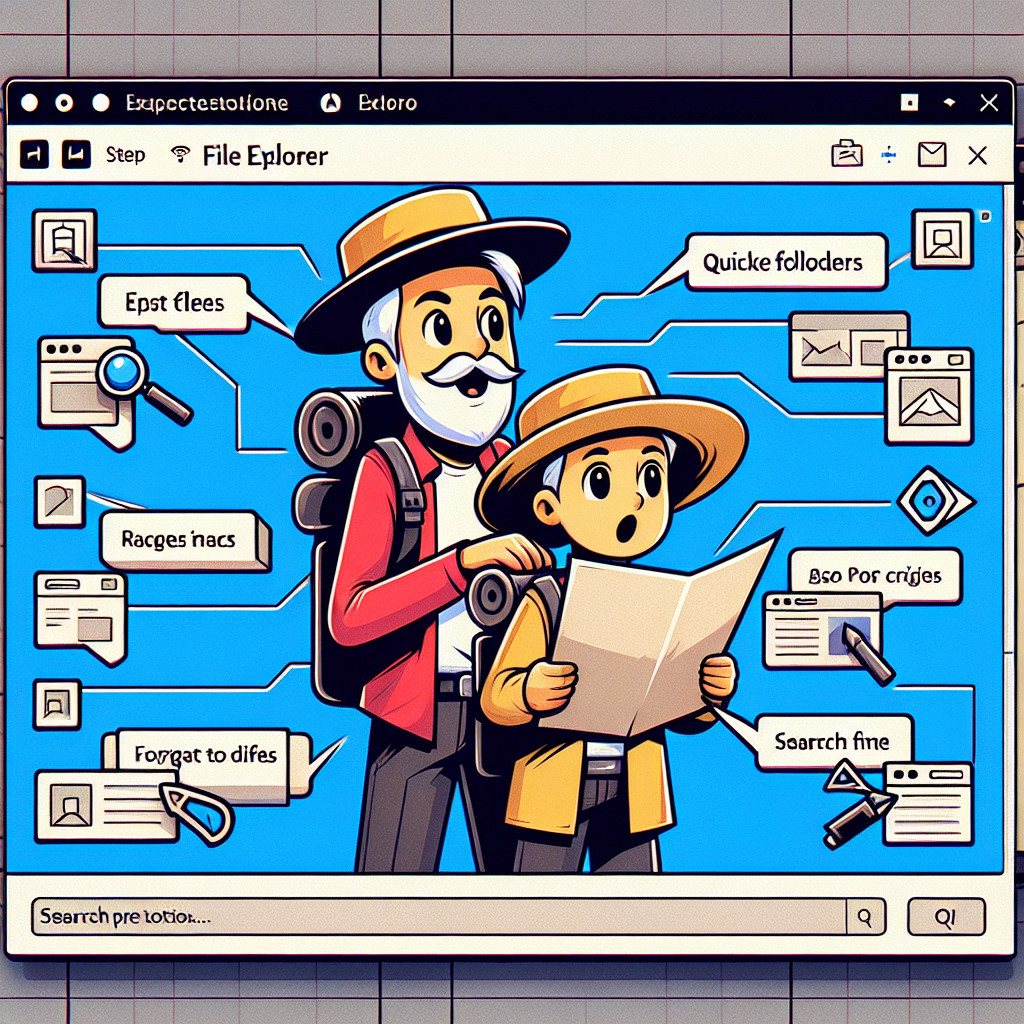When it comes to fixing a technical problem, debugging can be a very scary and unpleasant process. One of the things that iPhone owners worry about most is not being able to access their devices through File Explorer. This is a particularly frustrating issue because it prohibits you from uploading files from the device to the PC. Fortunately, there are a few troubleshooting techniques you can try to remedy the problem. In this blog post, we will look at some of the possible causes and solutions for an iPhone not showing up in File Explorer. We’ll also go through some of the easiest ways to manage iPhone files and transfer them to and from your PC. You should have a better understanding of how to troubleshoot this issue and keep your files safe and secure by the end of this post.
Examine the USB cable connection
The first thing you should do if your iPhone does not appear in File Explorer is to double-check the USB cord connection. Check that it is securely plugged into both your iPhone and PC, and if required, try a new port. If the problem persists, try a different USB cable.
Check that the device is unlocked.
One of the first stages in troubleshooting an iPhone that isn’t showing up in File Explorer is to make sure the device is unlocked. If the device is locked, it will not be accessible via File Explorer to other devices. For iPhone 8 and later, tap the Home button or the Side/Top button to unlock the device. This step can be bypassed if the device is already unlocked.
Check that the smartphone is running the most recent version of iOS.
Check sure your iPhone is running the most recent version of iOS before attempting to troubleshoot the issue of it not showing up in File Explorer. Updating to the most recent version of iOS can frequently address compatibility difficulties. Open the Settings app on your iPhone and go to General > Software Update to check for and install the latest version.
Check that the USB port is operational.
To troubleshoot an issue where an iPhone is not showing up in File Explorer, make sure the USB port is operational. First, check to see if the port is physically damaged. If it is, a certified specialist may need to replace it. Then, unplug any other devices from the USB port and check to see if the iPhone is now visible; if it is, the problem is most likely due to a dispute between the connected devices. Finally, connect the iPhone to a different USB port; if the problem is cured, the original USB port may be defective.
Relaunch Windows Explorer.
To restart Windows Explorer, launch Task Management by pressing Ctrl + Alt + Delete at the same time. Choose the “Processes” tab in the Task Management window and look for “Windows Explorer.” Right-click it and choose “End task” to restart Windows Explorer. When the operation is finished, open File Explorer and see if the iPhone appears.
iTunes should be updated.
iTunes should be updated. If you still can’t connect your iPhone to File Explorer, try updating iTunes to the most recent version. This may remove any compatibility issues that are preventing your iPhone from showing up in File Explorer. To update iTunes, simply launch it, select the ‘Help’ option, and then ‘Check for Updates’. If an update is available, install it by following the on-screen instructions. After the update is complete, reconnect your iPhone to File Explorer.
Reboot the iPhone.
Restart the iPhone – If the iPhone is still not visible in File Explorer, restarting it may help. To do so, press and hold the power and home buttons simultaneously until the Apple logo appears. Check to see if the iPhone is now visible in File Explorer after the device has restarted.
Allow file sharing in iTunes.
To enable file sharing in iTunes, launch iTunes on your PC. Finally, select the device with which you want to share files and click the “Summary” tab. The “Options” area is located on the right side of the screen. Tick the “Allow file sharing” box and then press “Apply.” This will enable file sharing between your computer and your device, allowing you to transfer files between the two.
Check Device Manager to ensure the device is recognized.
Open Device Manager to ensure that the device is identified. The gadget should be listed under Portable Devices as “Apple iPhone.” If the device is not shown in Device Manager, the device drivers are most likely not properly installed. To install the drivers, go to the device’s support website, download, and install the appropriate drivers. Check Device Manager again after installing the drivers to ensure the device is detected.
Try a different USB port.
Try a different USB port. If the iPhone does not appear in File Explorer, attach it to another USB port on the PC. Check that the port is operational and that the USB cable is securely inserted in. If the iPhone is still not showing up in File Explorer, this could indicate that the device is not being identified by the computer.
Lastly, if your iPhone doesn’t show up in File Explorer, check your USB cable connection, make sure your iPhone is unlocked, and restart your computer. If none of these methods work, try swapping USB ports, updating Windows, and maybe disabling your antivirus software. If you continue to have issues, you should contact Apple support for further assistance.





